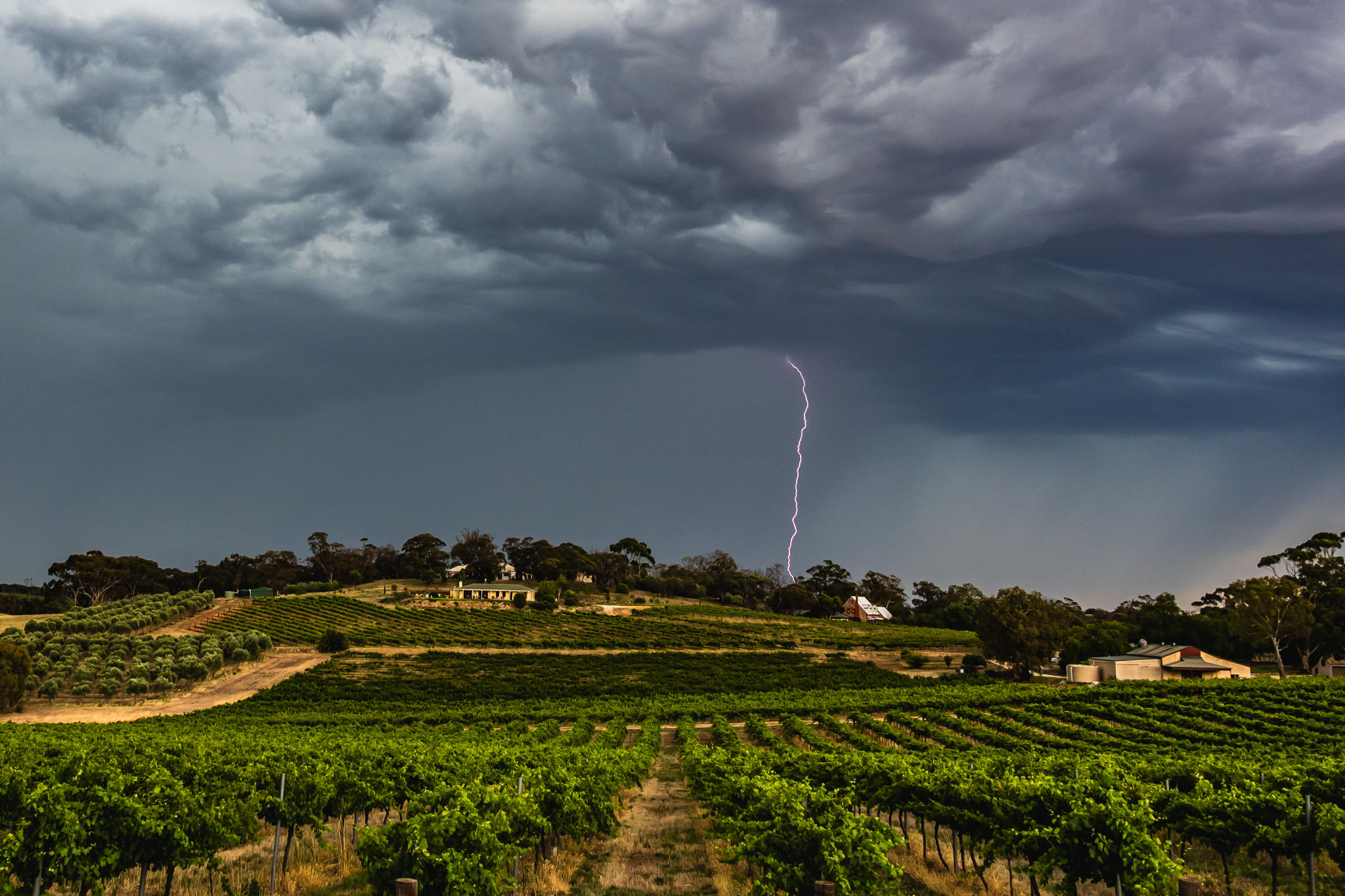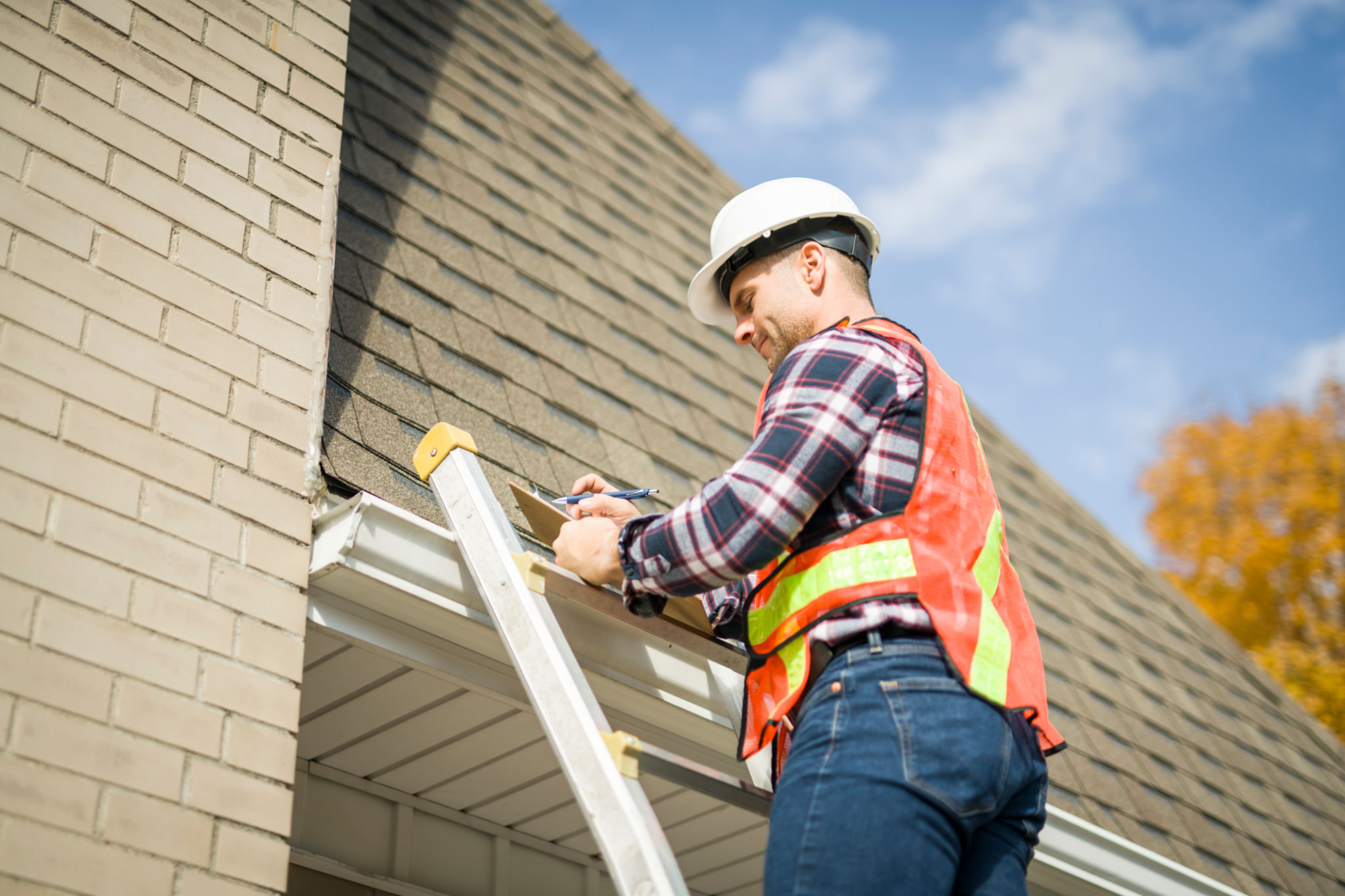The Impact of Barossa's Weather on Roof Longevity and Maintenance
Understanding Barossa's Unique Climate
The Barossa region, known for its beautiful landscapes and renowned wineries, also experiences a unique climate that significantly impacts the longevity and maintenance of roofs. With its Mediterranean climate, characterized by hot, dry summers and cool, wet winters, Barossa presents both challenges and opportunities for homeowners in terms of roof care.
Roofs in this area must withstand extreme temperature variations and seasonal weather patterns. Understanding these climatic conditions is essential for effective roof maintenance and to ensure longevity.

Effects of Summer Heat on Roofs
During the summer months, the Barossa Valley experiences intense heat, with temperatures often exceeding 35°C. This extreme heat can cause roof materials to expand and contract, leading to potential damage over time. Asphalt shingles, for example, may become brittle and crack, while metal roofs might experience thermal expansion issues.
The intense UV radiation can also degrade roofing materials, fading colors, and reducing their lifespan. To mitigate these effects, it is crucial to use materials that are UV-resistant and designed to withstand high temperatures.
Winter Rains and Their Impact
In contrast to the scorching summers, Barossa's winters bring cool temperatures and significant rainfall. This combination can lead to water pooling on roofs if drainage systems are not adequately maintained. Over time, standing water can cause leaks or structural damage.
Ensuring that gutters and downspouts are clear of debris is essential for preventing water buildup. Additionally, inspecting for any signs of water damage before the rainy season can help address issues proactively.

Wind and Storm Considerations
Beyond temperature and precipitation, Barossa occasionally experiences strong winds and storms that can challenge roof integrity. High winds can lift shingles or tiles, while storms can bring debris that may damage roofing materials.
Regular inspection of the roof after severe weather events is advisable. Replacing any damaged or missing components promptly can prevent more extensive damage and costly repairs.
Proactive Roof Maintenance Tips
Adopting a proactive approach to roof maintenance is crucial for homeowners in the Barossa region. Here are some tips to help ensure your roof remains in optimal condition:
- Schedule Regular Inspections: Conduct thorough inspections at least twice a year, in spring and autumn, to identify potential issues early.
- Clean Gutters and Downspouts: Remove leaves and debris to ensure proper drainage and prevent water buildup.
- Trim Overhanging Branches: This reduces the risk of damage from falling branches during storms.

Choosing the Right Materials
Selecting the appropriate roofing materials is a critical decision for homeowners in Barossa. Opt for materials that are resilient to both heat and moisture. Metal roofs, clay tiles, and slate are popular choices due to their durability under extreme weather conditions.
Consulting with local roofing experts can provide insights into the best materials suited for your specific location and needs. Investing in quality materials upfront can save money on repairs and replacements in the long run.
Conclusion
The impact of Barossa's weather on roof longevity and maintenance is significant. By understanding the unique challenges posed by the region's climate and taking proactive measures, homeowners can protect their investments and ensure their roofs last for many years. Regular maintenance, timely repairs, and selecting durable materials are all vital components of effective roof care in this picturesque region.
